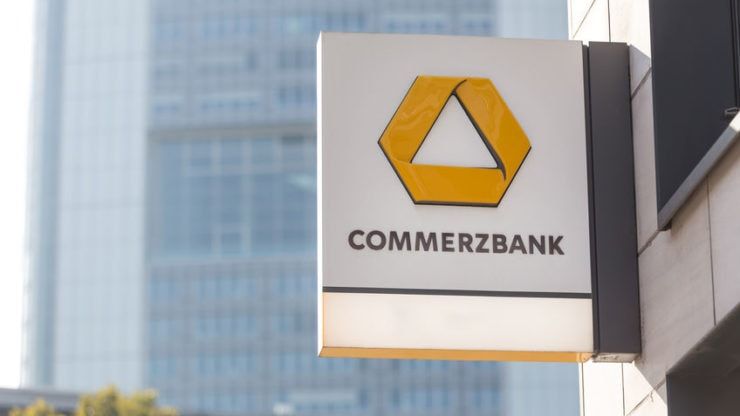S&P 500 has already rallied well over 20% this year but Brian Belski, the chief investment strategist of BMO Capital Markets, sees further gains in the months ahead.
The benchmark index could climb further and hit the 6,100 level before year-end now that the US Federal Reserve has announced its first rate cut in four years, Belski told clients on Thursday.
Belski expects a stronger-than-normal fourth quarter after the central bank indicated plans to lower interest rates by another 50 basis points in 2024.
His forecast suggests potential for another 9.0% gain in the S&P 500 from here.
Belski expects the rally to continue
The S&P 500 tanked to about 5,400 in the first week of September but has since recovered back to over 5,700 at writing.
Brian Belski had raised his year-end target to a street-high of 5,600 in May.
“We continue to be surprised by the strength of market gains and decided yet again that something more than an incremental adjustment was warranted,” he said in a research note today.
The benchmark index could retest its September low but is fairly positioned to quickly rebound and hit the 6,100 level by year-end, the BMO strategist added.
Brian Belski expects the projected upside to materialize even if the large-cap technology stocks trade sideways as he expects the rally to broaden out moving forward.
US economy may not be headed for a recession
The BMO strategist left his earnings per share expectation unchanged at $250 on Thursday. This suggests he applied 24.4 times multiplied to get to the 6,100 level year-end target.
He agreed that the presumed price-to-earnings multiple may look elevated but said it is not when compared to the mid-1990s.
Belski finds now is comparable to the mid-1990s if the United States does not end up in a recession in the coming months.
Despite recent weakness in jobs data, many experts still foresee a soft landing ahead. Following the 50-bps rate cut the Fed announced last night, Tom Porcelli, the chief US economist at PGIM Fixed Income said:
This was an atypical big cut. We are not knocking on recession’s door. This easing and this big cut is about recalibrating for the fact that inflation has slowed so much.
Last week, the Labour Department said inflation stood at 2.5% for the year in August versus the Dow Jones estimates of 2.6%.
Excluding food and energy, however, the core CPI was up 0.3% for the month, more than 0.2% expected.
The post BMO strategist predicts S&P 500 could surge to 6,100 following Fed rate cuts appeared first on Invezz









